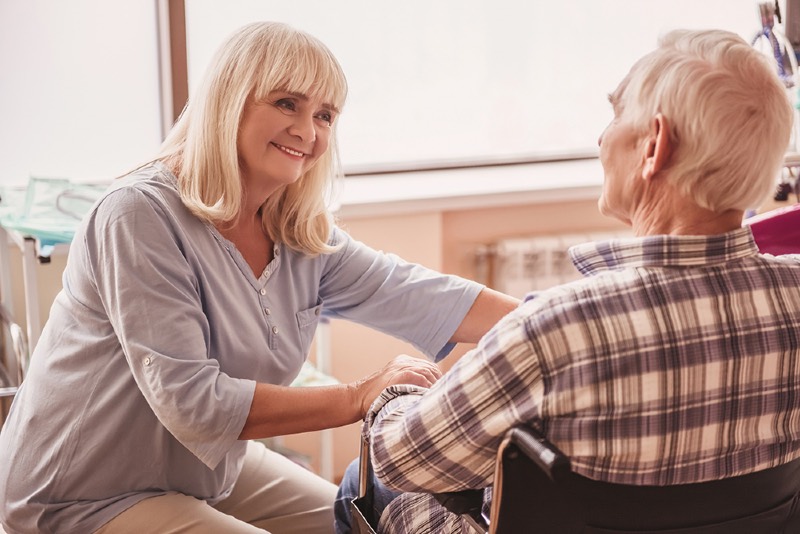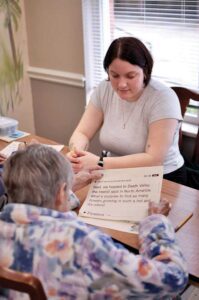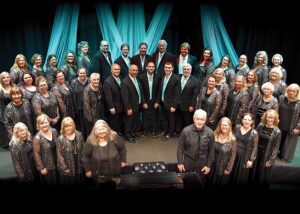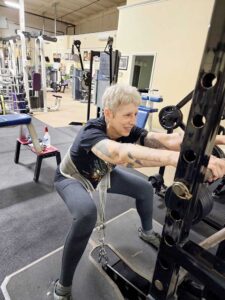Submitted by Right at Home Peoria
More than seven million Americans are survivors of a stroke—the “brain attack” that occurs when an area of the brain is cut off from normal blood flow. Nearly 70 percent of stroke survivors undergo rehabilitation to help recover from post-stroke disabilities such as limb weakness, paralysis, cognitive deficits, or inability to speak.
Recovery after a stroke is often a mix of hope and anxiety for patients and their families. Once a hospitalized stroke patient is stabilized, the individual can be moved to inpatient or acute rehabilitation, which requires several hours a day of therapy. Whenever possible, the goal for stroke patients is to return to their own safe, home environment.
Help for Life After a Stroke
Recovery from a stroke depends on many factors including what section of the brain was affected, the overall health of the survivor, the survivor’s motivation to improve, and support from caregivers. Once home, patients may need ongoing rehabilitation through an outpatient rehab facility or through home-based therapy. Most stroke recovery happens within the first few months, but many survivors continue to make progress over time.
“The recovery curve after a stroke is steep, so the greatest recovery occurs early and it tends to plateau,” said Dr. Mitchell Elkind, professor of neurology and epidemiology at Columbia University in New York City. “But there’s still improvement for at least a year and probably longer after a stroke. Depending how hard people work at rehabilitation or are able to work at it, they can continue to see improvements, but it’s at a much slower rate. I encourage people to keep up their optimism and keep working at their recovery.”
Because the process for stroke recovery takes time, family caregivers are at risk for compromising their own health and responsibilities. “After a stroke, it is paramount that family caregivers develop a strong support system of medical staff, other family and friends, professional caregivers, and community resources,” said Jennifer Pearce, owner of Right at Home Peoria. “One of the greatest needs outside post-stroke care and help with everyday activities is giving family members a break—some much-needed respite care for themselves such as going to a movie or out to lunch with friends.”
Pearce recommends that family caregivers stay in touch with the hospital case manager or social worker to learn about available rehabilitation services and community resources including stroke survivor and caregiver support groups. Pearce also shares these stroke care tips:
• Be aware that a change in condition can spur a change in treatment. A decline in a stroke survivor’s physical function may mean the loved one is eligible for more services.
• Consider a rehabilitation tune-up. “After initial rehabilitation, many stroke patients can use a bit of a tune-up, periodically doing more therapy or trying another course of therapy,” Dr. Elkind advises. “A good ongoing relationship with either a neurologist, physiatrist, or rehabilitation specialist can be helpful for families, as well.”
• Stay updated on insurance coverage. Clarify what inpatient and outpatient services are covered and for what length of time, and what out-of-pocket expenses can be expected.
Regaining Health Post-StrokeStroke survivors are at higher risk for having another stroke if medical recommendations are not followed. The good news is that the majority of strokes can be prevented. Dr. Elkind and the medical community press for prevention of strokes and offer encouragement to the older population who face greater risk for stroke.
“There are studies that show that regular walking every day for as little as 20-30 minutes can reduce the risk of stroke substantially, so the message I like to give older folks is that they don’t have to be on a treadmill or go to the gym or be swimming,” Dr. Elkind stresses. “Whatever people can do physically is great, not only for reducing the risk of stroke, but also it’s one of the only things that’s been shown to benefit late-life cognitive decline and dementia, too. The more people can do with exercise, the better.”
For resources on post-stroke care, education and support for stroke survivors and family caregivers, visit the website of the National Stroke Association at www.stroke.org. For information on in-home care and assistance visit www.rightathome.net/peoria. Or contact Right at Home Peoria at 309-327-0808.
For more informative and inspirational posts check out 50 Plus News and Views Greater Peoria Area.










